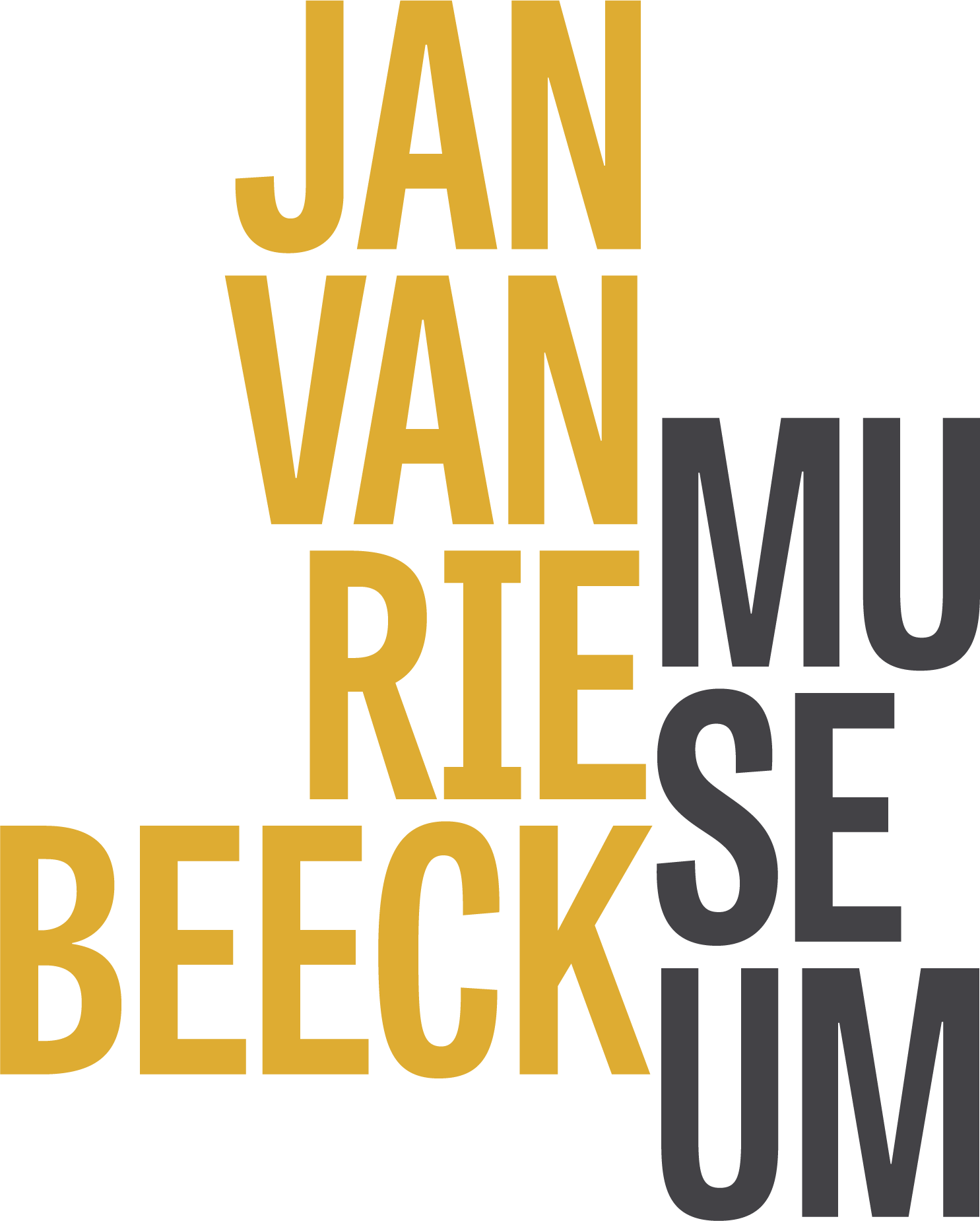Art is generally understood as any activity or product done by people with a communicative or aesthetic purpose—something that expresses an idea, an emotion or, more generally, a world view.
It is a component of culture, reflecting economic and social substrates in its design. It transmits ideas and values inherent in every culture across space and time. Its role changes through time, acquiring more of an aesthetic component here and a socio-educational function there. The definition of art is open, subjective, debatable. There is no agreement among historians and artists, which is why we’re left with so many definitions of art. The concept itself has changed over centuries.
The very notion of art continues today to stir controversy, being so open to multiple interpretations. It can be taken simply to mean any human activity, or any set of rules needed to develop an activity. This would generalize the concept beyond what is normally understood as the fine arts, now broadened to encompass academic areas. The word has many other colloquial uses, too.
While the definition of art has changed over the years, the field of art history has developed to allow us to categorize changes in art over time and to better understand how art shapes and is shaped by the creative impulses of artists. If we look at other kinds of creative activity we can see how various forms can all exist and be valid at the same time. I’ve made what I think of as art since I was a child, initially drawings, then photographs, paintings, videos, and so on. By the time I got to graduate school, I was not so interested in making more stuff, and instead started to move into another direction, which these days is sometimes called “Social Practice.”
This is sort of a confusing term since it is so new and undefined. In a broad way, I think of it as the opposite of Studio Practice—making objects in isolation, to be shown and hopefully sold in a gallery context. Most of the art world operates with this Studio Practice approach. In Social Practice, there is more of an emphasis on ideas and actions than on objects; it can take place outside of art contexts, and there is often a collaborative or participatory aspect to the work.



